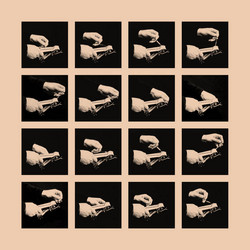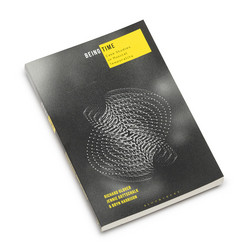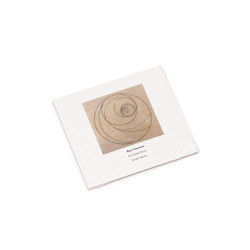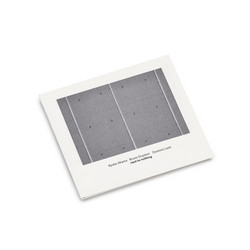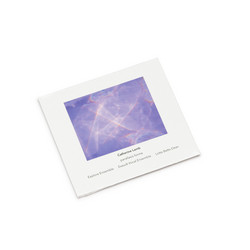Receiving the Approaching Memory, composed in 2011 for Aisha Orazbayeva and Mark Knoop, is among Bryn Harrison’s most celebrated works - an extended meditation on memory, recognition, and the evolving experience of musical time. The piece unfolds in five substantial sections, each built around networks of repetitive figures that spiral and shimmer, gradually reducing the pitch material from full chromaticism to only two common notes by the end. Rather than simply repeating, Harrison’s patterns morph subtly - minute changes in interval and inner rhythm make each passing cycle unique, like walking a familiar path and noticing new details with every step.
Orazbayeva’s violin hovers from birdlike flights to taut, hesitant whispers, while Knoop’s piano provides a glittering, almost pointillistic foundation. Their interplay is urgent and focused, neither languorous nor emotionally overwrought; the music maintains an atmosphere of alertness as it oscillates between rich polyphony and transparent duo exchange. Despite its length and apparent stasis, every gesture carries weight and meaning - Harrison finds drama not in overt contrast, but in quiet, cumulative evolution.
What sets Receiving the Approaching Memory apart is its approach to tradition. Rather than referencing classical sonata form or the historical violin-piano relationship, the piece is about texture, sound, and the subtlest shift of perception - a reflection on the act of listening itself, as much as on musical structure. Recorded at the Sendesaal Bremen, the interpretation by Orazbayeva and Knoop has been widely praised for its clarity, nuance, and ability to unlock layers of hidden variation. Harrison’s work invites the listener into a sonic labyrinth - a space where memory is both the subject and the medium, where each repetition is both familiar and transformative.














